AKG Lyra review: a USB mic worthy of the AKG moniker
Whether it’s for podcasting, streaming or music, the AKG Lyra more than fits the bill

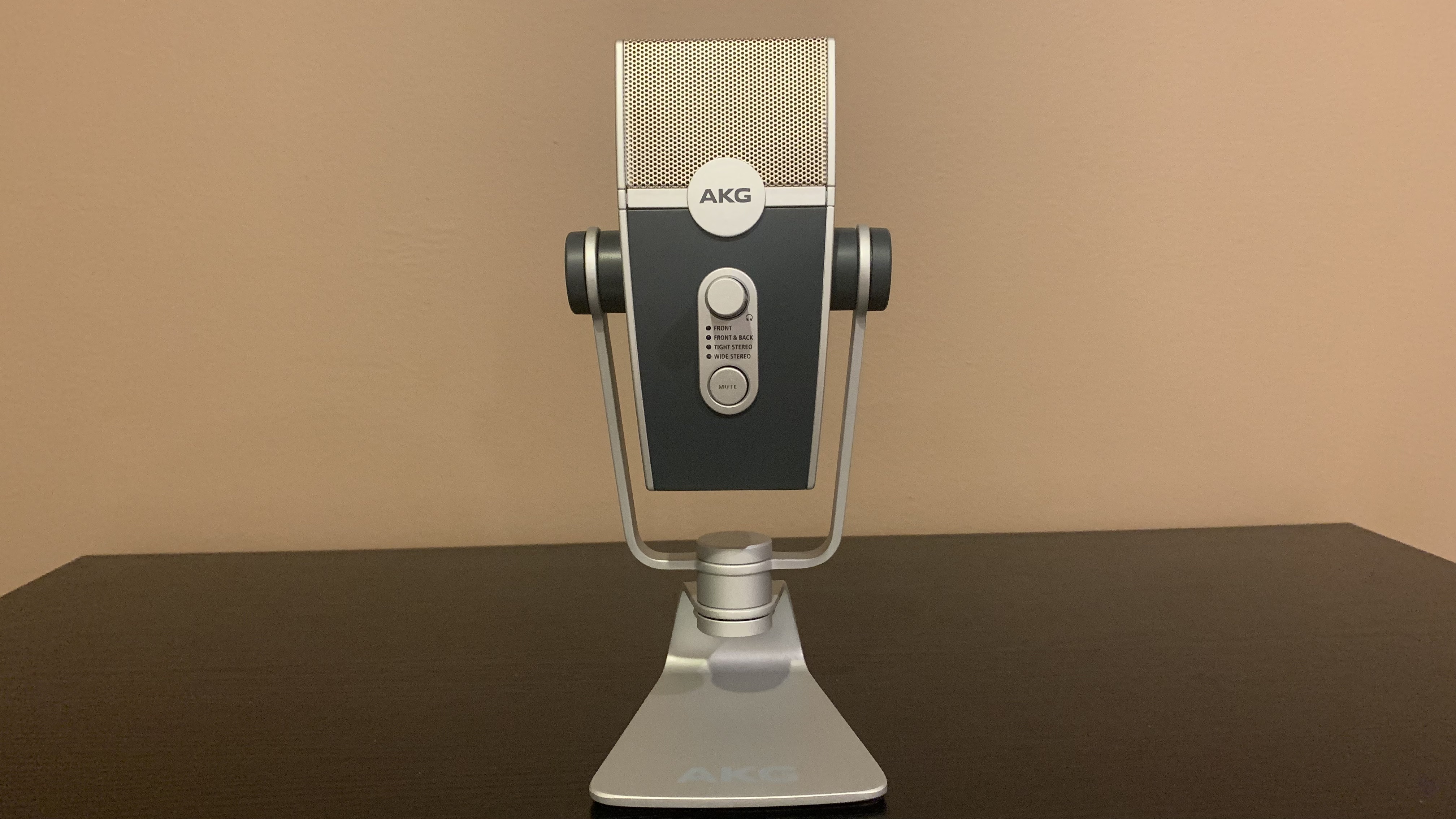
The AKG Lyra is a great sounding, flexible USB mic that works for most recording situations, whether you’re a streamer, podcaster, or musician trying to get some ideas recorded. It’s a bit pricey compared to most USB mics but that sound quality as well as a durable build quality make it worth the price.
-
+
Great sound quality
-
+
Very well-built
-
+
Polar patterns for every occasion
-
-
Pricey for a USB mic
-
-
Physical controls could be more streamlined
Why you can trust T3

The AKG Lyra is far from the only USB mic on the market, but it’s one of the few made by a company whose focus is purely on audio equipment. Many USB mics come from companies that are focused on tech users and are just filling a niche alongside webcams, ring lights, keyboards, and other computer peripherals.
Though this review is not to take any of those mics to task, it’s important to note that AKG has a history with making quality microphones. In fact, the AKG Lyra’s retro aesthetic is very intentional. It uses a similar shape to one of its most famous models, the AKG C414.
While the AKG Lyra is not going to replace that mic, AKG has produced a mic that will satisfy anyone looking to spend under $200 for a solid way to record quality audio, whether it’s for podcasting, streaming, or even music.
AKG Lyra review: price and release date
USB mics may have come a long way over the years, yet something like the AKG Lyra, which has been out since October 2019, has just about all the functionality, features, and specs of anything that’s been released since. And at $149, the AKG Lyra is among the more expensive USB mics out there. Considering its functionality, its pricing makes sense. The Lyra has four polar patterns and a 24-bit / 192kHz bit and sampling rate, similar to the JLab Epic Talk, which shares the same price.
While the Blue Yeti, one of the most popular USB mics, has a lot of the same features and comes in at a cheaper $129.99, it records at a lower 16-bit / 48kHz bit and sampling rate. Of course, you can find decent USB mics for as little as $50 (the JLab Go Talk comes to mind), but you’ll end up with a lower bit and sample rate, fewer polar patterns, and performance that won’t match the Lyra.
AKG Lyra review: design
The AKG Lyra is a handsome, retro looking mic outfitted in blue and silver that looks like an updated version of the AKG C414. Unlike a lot of USB mics, and like its analog inspiration, the metal grill covers the upper half of the body with lower half being a solid metal alloy shell.
There are two controls per side. The front has a volume knob that controls headphone volume and a mic mute button, and in between the two is a little menu with LED lights next to them that indicate which of the four polar patterns – front, front & back, tight stereo, wide stereo – you’re currently using. On the back, you’ll find the selector for those polar patterns and a gain knob which raises or lowers the source or input volume.
Get all the latest news, reviews, deals and buying guides on gorgeous tech, home and active products from the T3 experts
While having the controls split up this way make for an attractive and symmetrical look, I would have preferred all the controls on the front. Otherwise, you have to get used to reaching around the mic or pick it up to make adjustments. Depending on how important your mic placement is (something that is typically important for recording music, for instance), that could be a pain since you will have to readjust the mic to make sure it’s in the same place as it was before. Still, it’s a minor issue.
The controls all feel and work well. The volume and gain knobs turn smoothly while the pattern selector requires a little pressure to make changes, which is actually appreciated, since there’s little chance of accidentally changing settings this way.
As far as connectivity goes, there’s a USB-C port and 3.5mm headphone jack on the bottom of the mic. You get a reasonably long USB-C to USB cable with the AKG Lyra to connect to any recording devices you may have.
The AKG Lyra comes with a pretty hefty stand that connects to the mic on either side, allowing you to turn the mic up or down 360 degrees. The hinges are tight enough so that you can turn the mic in the direction you want, and it will still stay in place. Also, since the stand is pretty heavy and is made almost entirely of a metal alloy, there’s little danger of it falling over or being knocked over accidentally.
Lastly, if you need to use the mic with a boom arm or mic stand, there’s a way to separate the base from the upper part of the stand. It’s not the most convenient placement however, as you’ll have to use a coin or something similar to turn a large screw facing the base, but once the base has been unscrewed and removed you’ll see a threaded hole for a mic stand. You’ll also get an adapter in the box to use with different sized threaded mounts.

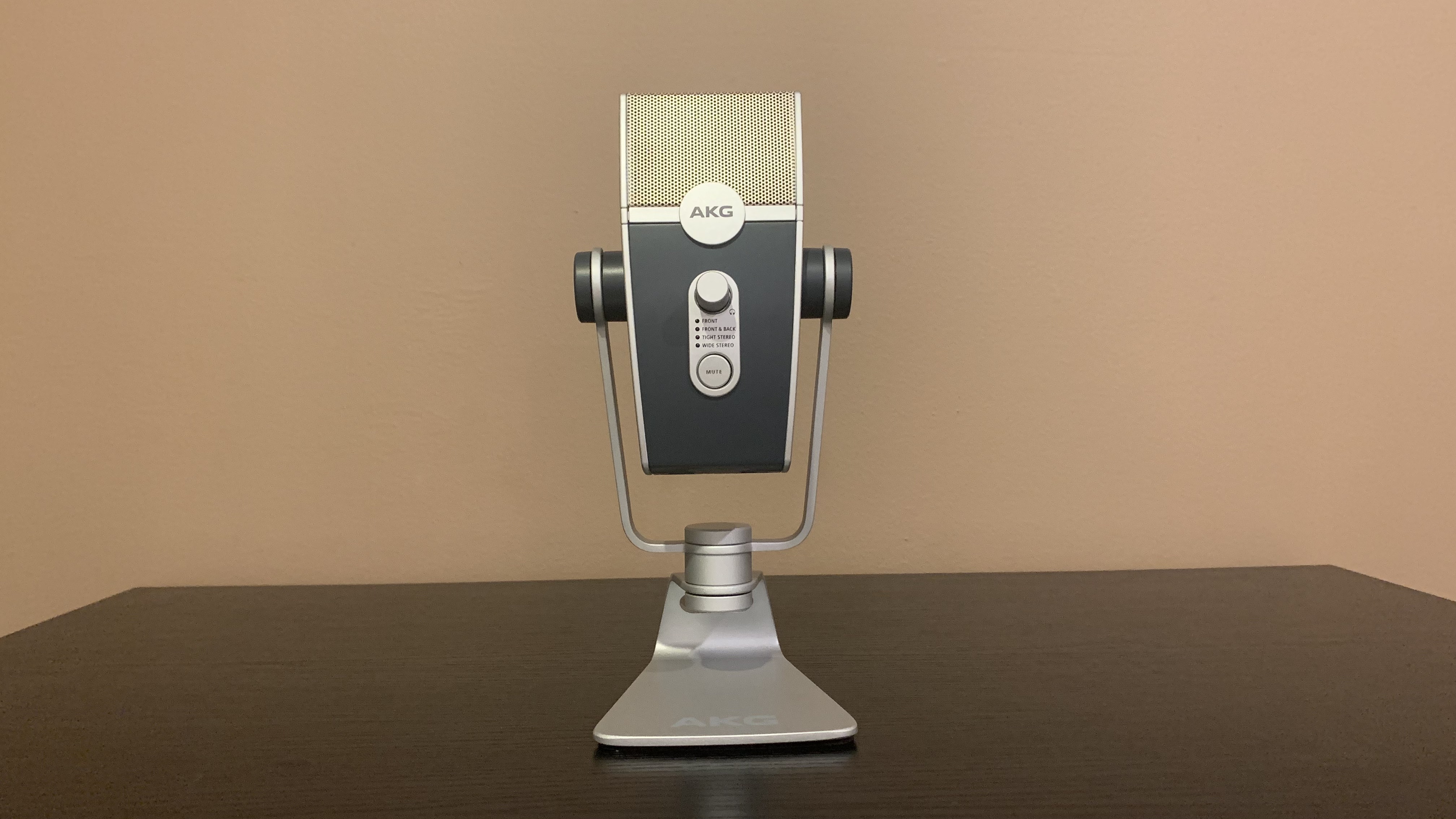
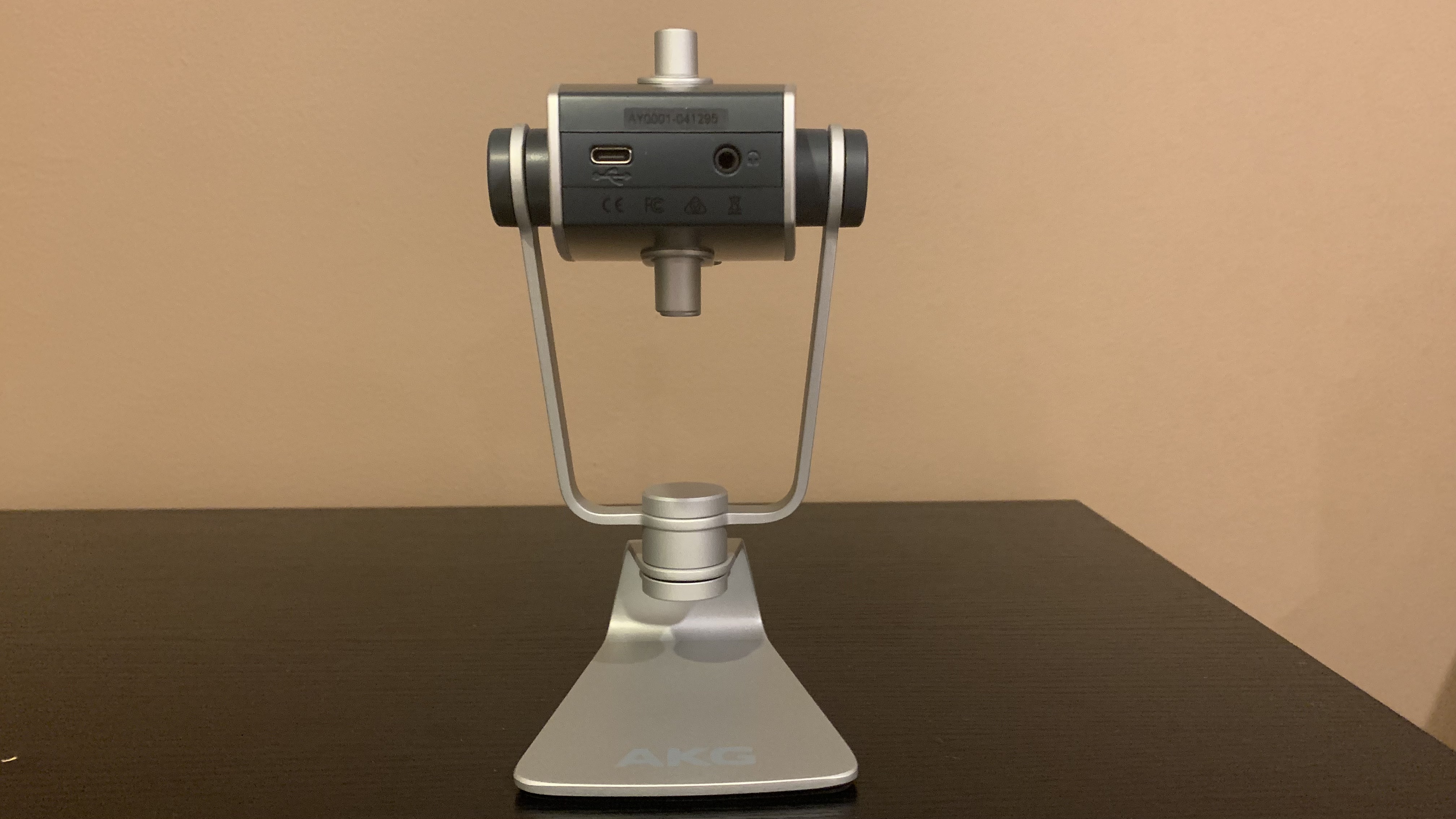
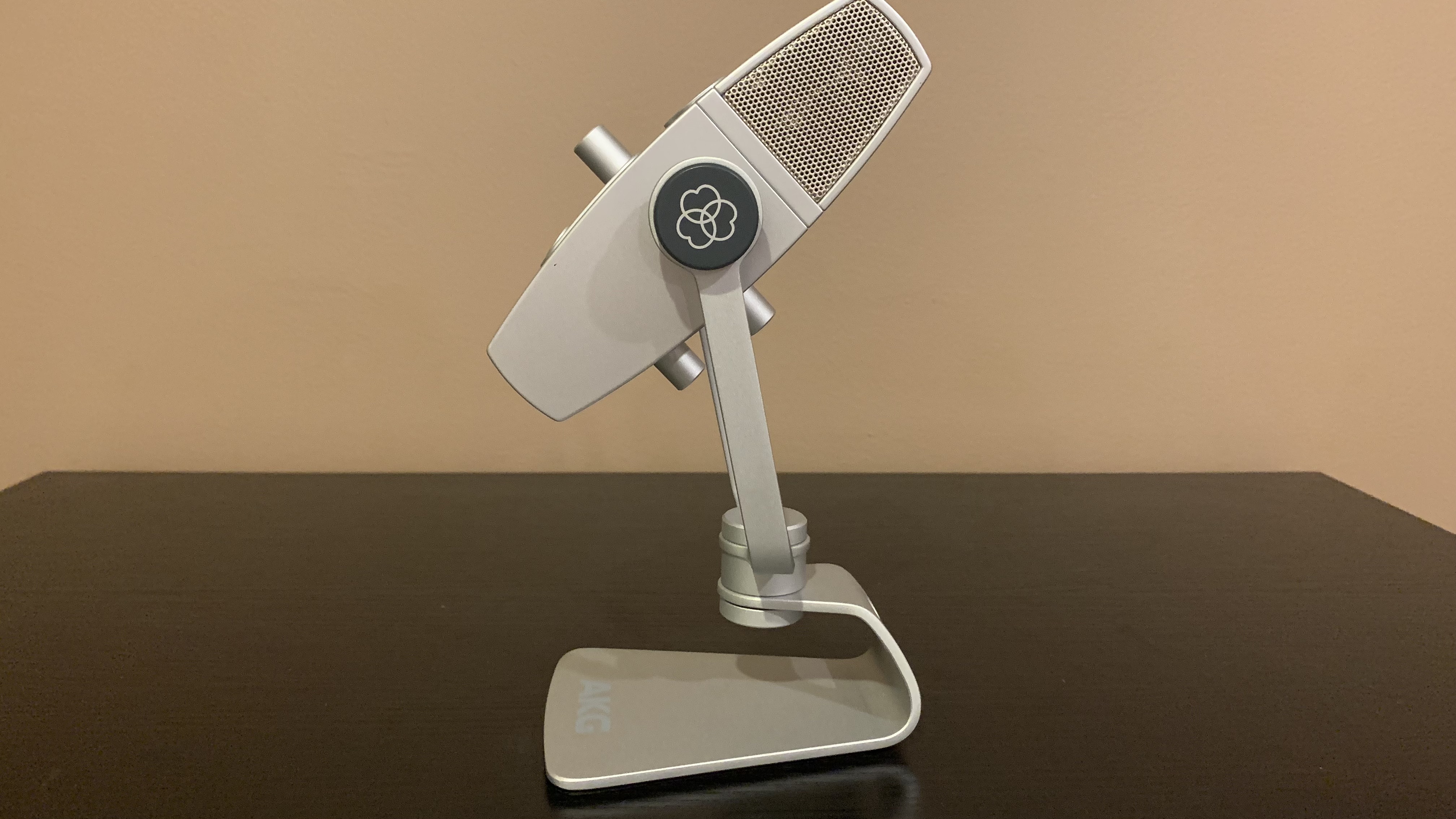

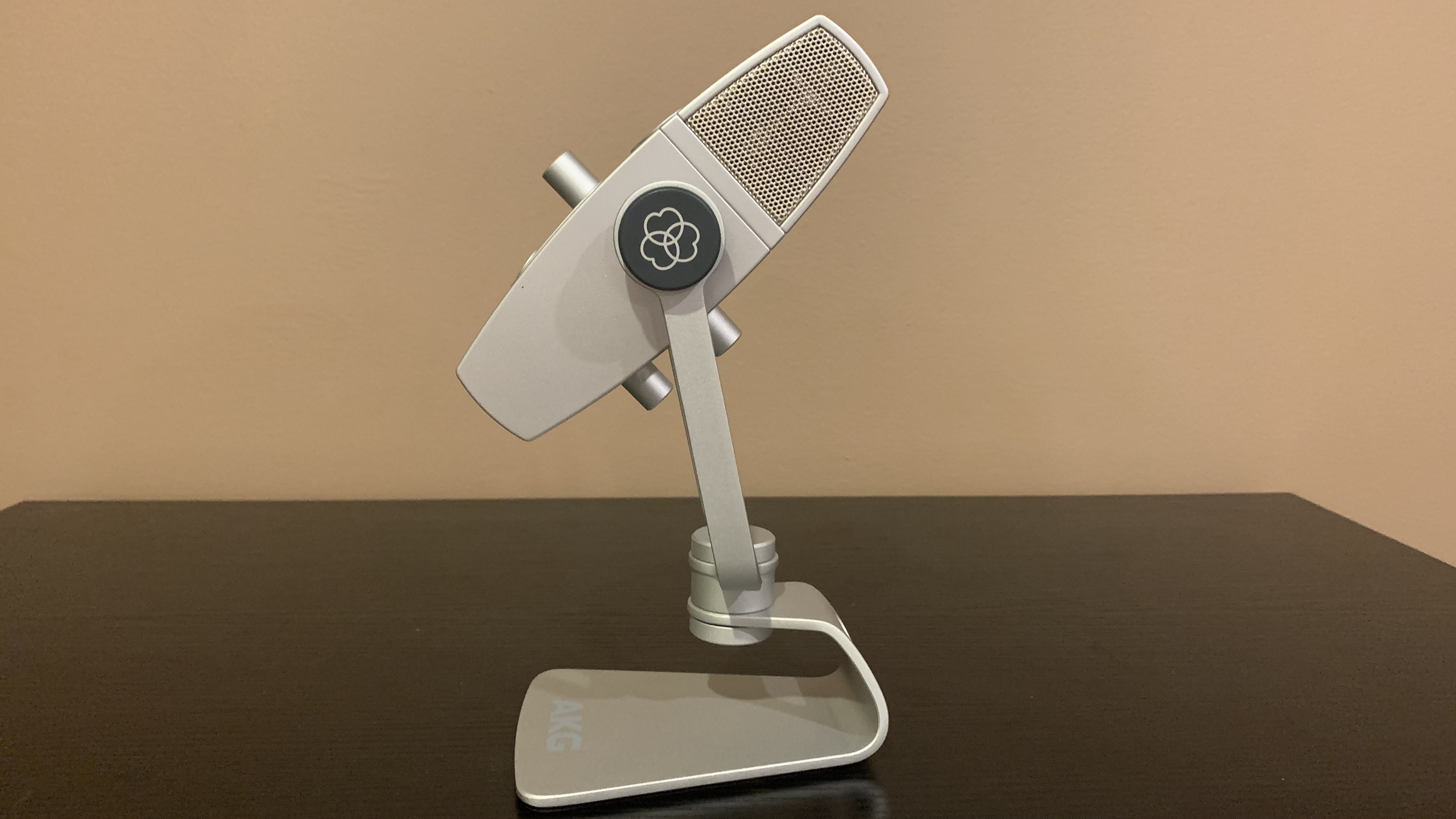
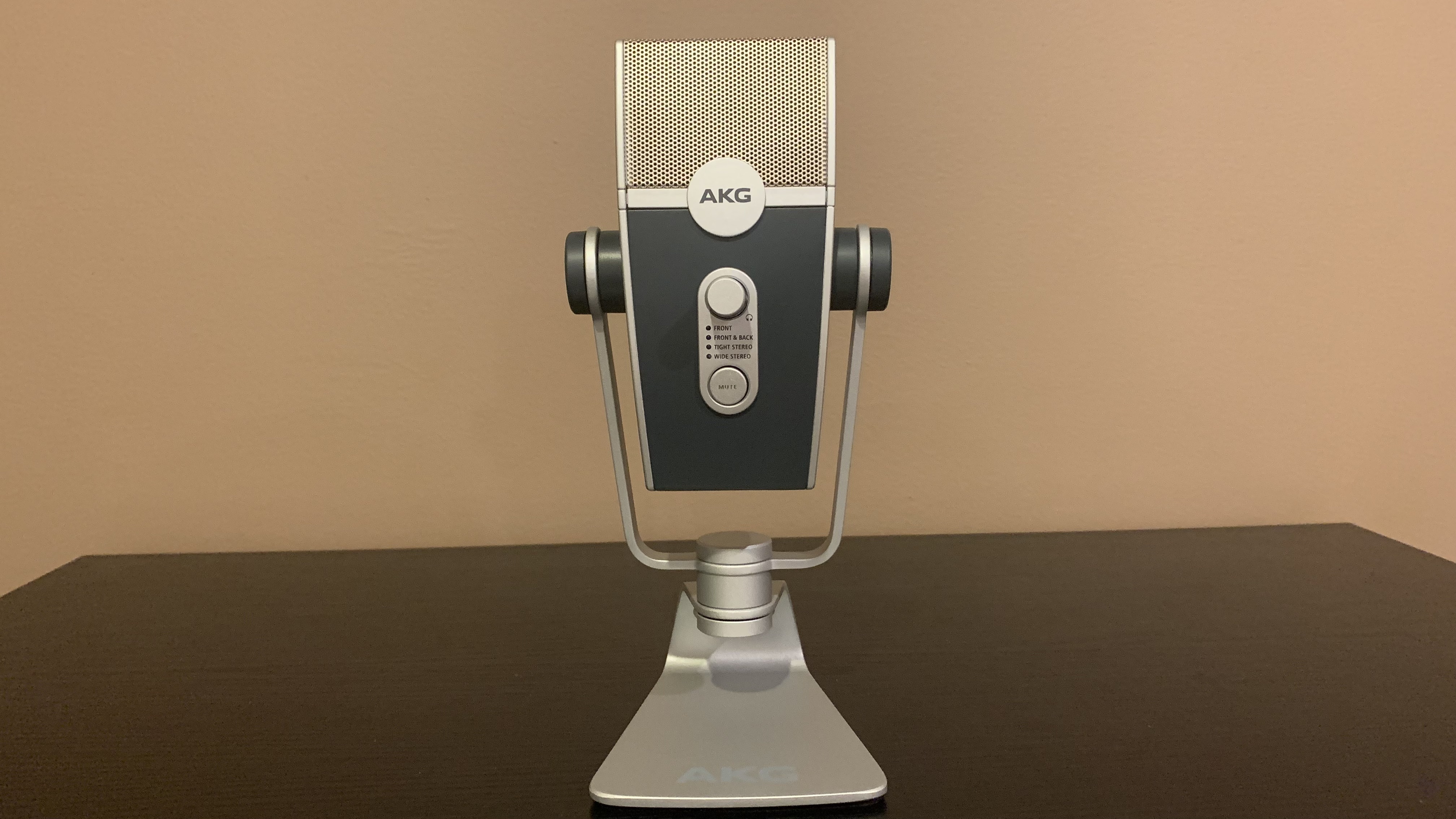
AKG Lyra review: performance
While there aren’t any USB mic reviews out there with my name on them, I’ve heard and used quite a few – including the popular Blue Yeti. One thing I can say about the AKG Lyra is that it sounds as good as any other USB mic on the market. It’s not overly bright or dark, and it does a good job of accurately representing voices and mid-range instruments. I recorded some acoustic guitar with this mic, and it's easy to mix with.
It is a condenser mic, however, so it doesn’t come with any real background rejection and there’s no digital processing to remove background noise. While that’s something you can find with other models and is particularly popular with mics on headsets, I appreciate having an unprocessed signal that I can adjust in whichever software I’m using.
It comes with four polar patterns listed as front (cardioid), front & back (listed as bidirectional with other mics), tight stereo, and wide stereo. The cardioid pattern works as it’s supposed to, giving you a loud and clear signal that softens as you move towards the back with audio from behind the mic being much quieter. Other USB mics I’ve used don’t always do this, and audio from the mic will often just sound muffled instead of quieter. Front or cardioid is supposed to give you directional audio, and the Lyra does that appropriately.
The front and back polar pattern works well in picking up audio in front and behind the mic, so you can use it for podcasting if you have a guest and put the mic between the two of you. Interestingly, audio is only slightly quieter on the sides, so you could probably use this for 360 degree audio. While the AKG Lyra doesn’t officially have an omnidirectional polar pattern, something that’s standard on most USB mics that offer more than one pattern, the front and back pattern is a suitable stand-in.
The tight and wide stereo modes do exactly what they’re supposed to, and let you record in stereo so you can have one sound on the left and one on the right. Whether you’re recording a discussion or two instruments performing at once, the only difference as their respective names suggests is how wide the stereo image is.
There’s plenty of volume on tap so if you wanted to use this to record ASMR, you definitely can, just make sure you record in a quiet place. The mic is sensitive enough to pick up someone mowing their lawn across street when I have my window open. To reiterate, this is a condenser mic and this is one of those things that’s endemic to its functionality.
One thing that needs to be discussed, however, is its plug-and-play functionality. Like most USB mics, the Lyra is supposed to be plug-and-play. And, like most, it is… mostly.
With Garageband, Ableton Live 11 Lite (which you’ll get a free copy of with the mic), and lighter use software, the AKG connects instantly. However, with some DAWs, it takes a little extra work to get the mic working. With Propellerhead Reason, for example, I had to create a new audio device that combined the AKG Lyra inputs with its outputs for Reason to be able to get a mic signal. If you’re using something like Protools, or Cubase, make sure to research how easy those work with USB mics before pressing that buy button.
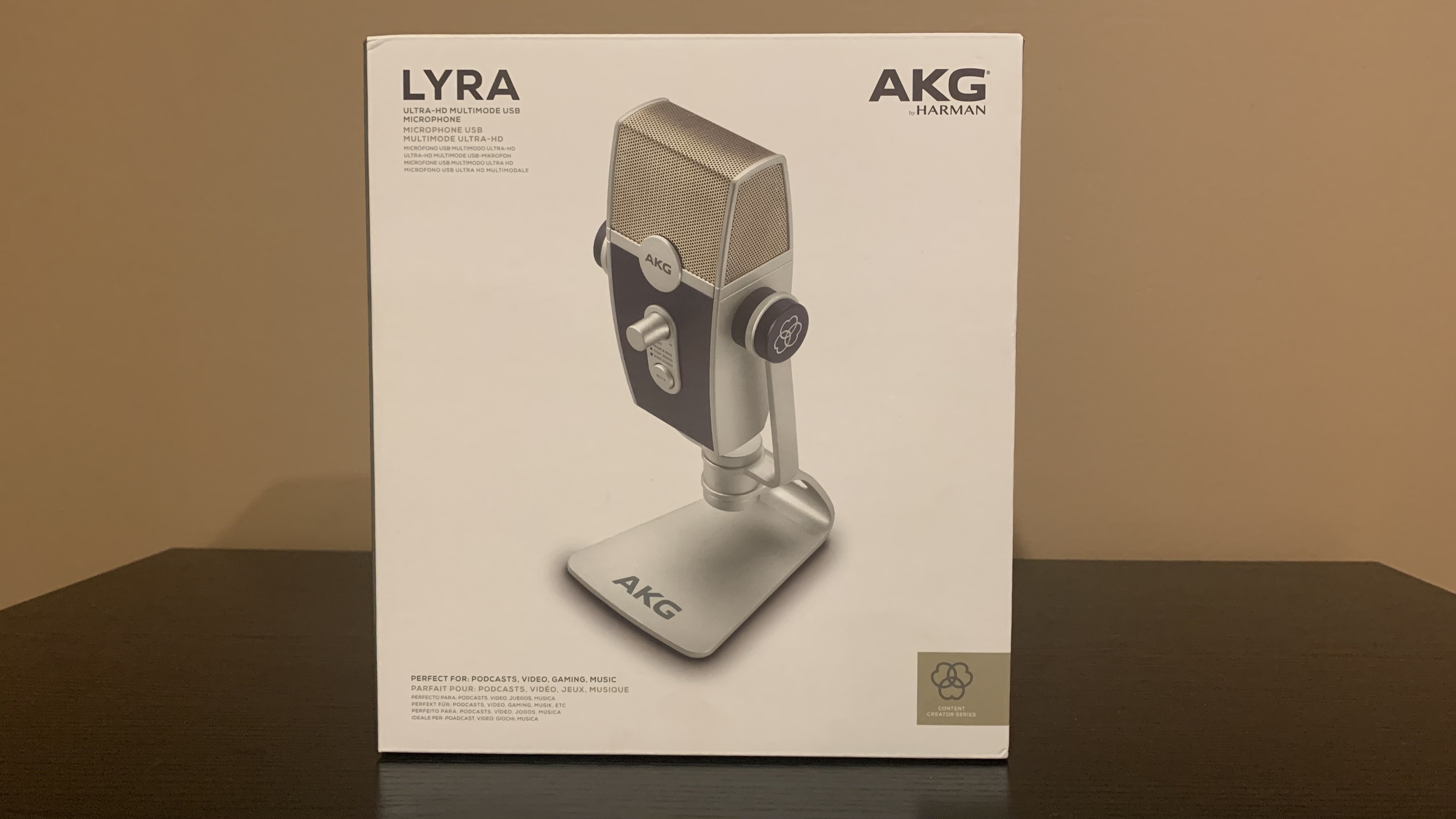
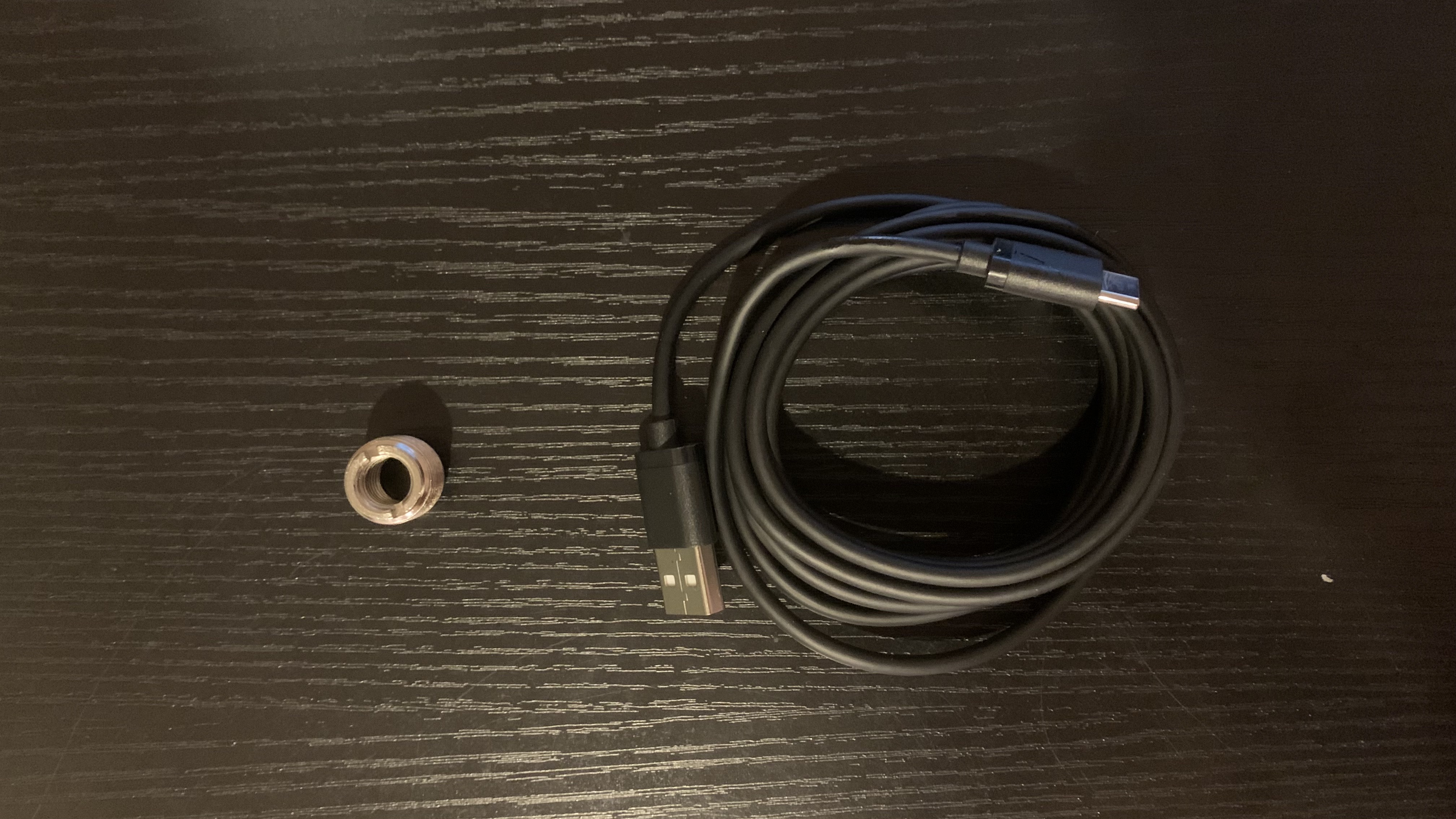
AKG Lyra review: verdict
The AKG Lyra is an ideal prosumer solution for streamers, podcasters, and musicians. It offers solid sound quality and is built like a tank. It has all the different polar patterns you could need in a single mic, and its price is more than reasonable for what it does.
That said, it’s in the upper echelon of the USB mic market. Compared to professional setups that typically have multiple pieces like the Shure SM7B, which costs $400, going into an audio interface, which start at $100 for the cheapest single input models, the AKG Lyra starts to look like a very reasonably priced audio solution.
So, if you’re not ready to splurge on a professional setup but want a quality USB mic, the AKG Lyra should make your shortlist of options. It’s a very noticeable upgrade from a laptop’s built-in mic, it’s much better than any you’ll find on a headset, and only a few USB mics will give you the kind of sound quality that can be used for music as well as recording dialogue.
AKG Lyra review: also consider
While just a third of the price, the JLab Go Talk does give up a lot of the extras you get with the AKG Lyra. Still, you get a significant upgrade in audio quality over any built-in mic you might have on hand, whether it’s on a laptop or headset, and you get it for $49.
AKG has its own budget model in the AKG Ara, so if you don’t need four different polar patterns (you get two instead) and are ok with a lower bit and sample rate of 24-bit / 96 kHz, then save yourself $50 and get the Ara. Like the Lyra, it works well for most recording tasks – including music.
If you’re less concerned about polar patterns and more concerned about the perfect mic for streaming, especially if you’re just recording yourself, consider the Elgato Wave:3. It has a premium build and comes with some extra software functionality for use with streaming software that the AKG doesn’t have.
James is an avid follower of the latest trends happening around tech, particularly when it comes to headphones or anything music-related, gaming, and exercise gadgets. He’s also active in the music industry and has been for the last 10 years. When not writing for T3, he likes to travel, try new foods, and find quirky attractions nearby.
